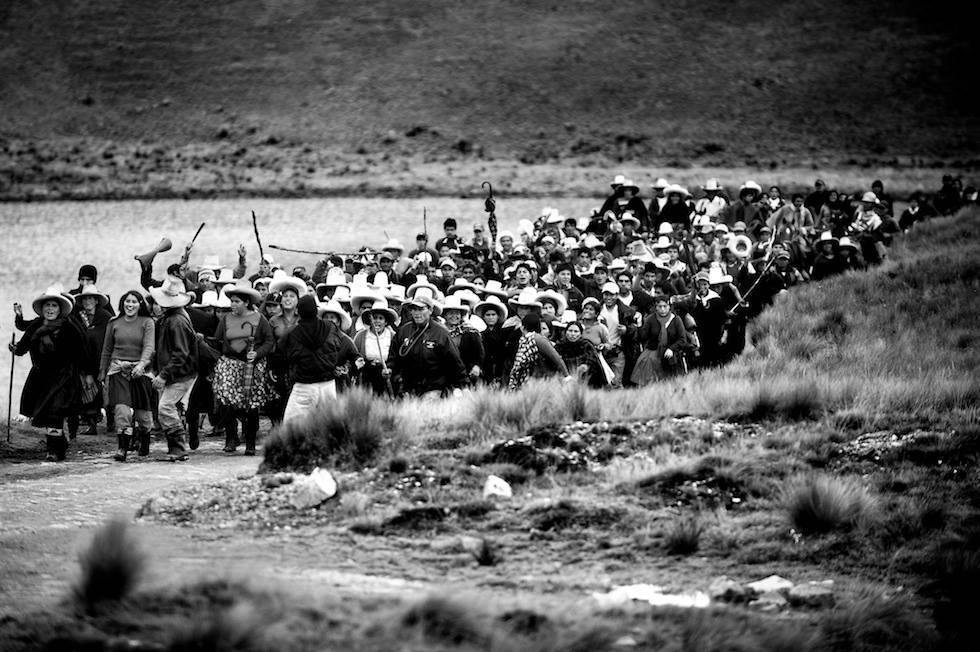‘No more peasant tears!’ Women, land and agrarian reforms in the Andean region
DOI:
https://doi.org/10.35004/raep.v9i2.145Keywords:
Women, gender, land ownership, agrarian reforms, Andean regionAbstract
Last year was the 50th anniversary of the agrarian reform promoted by the military government of Juan Velasco Alvarado. A sector of the Peruvian academy commemorated the date with the organization of events and the publication of articles, discussing new topics and approaches. Some left-wing political organizations did the same, especially in the provinces, emphasizing that the agrarian reform given by Velasco contributed to the democratization of the peasantry, the land, and the country. Other institutions organized photographic, documentary and bibliographic exhibitions, displaying the sources for their study. Civil organizations and professional associations held talks, some questioning the measure for the serious moral and economic damage that it caused, as well as demanding the payment of agrarian bonds. And perhaps the 50 years would have gone unnoticed by many citizens, if not for the documentary "The revolution and the land", which achieved what is rarely achieved in debates, seminars and congresses: to tear down the university walls to place on the fore. from public opinion a discussion. Velasco is a hero. Velasco is a villain. Whose side are you on? ”, Phrase from the promotional poster for the most watched documentary in Peru, which created a flood of opinions, from progressive and democratic to class and racist, whether for or against the reform, thus contributing to making visible and giving it new meanings and meanings to various memories that exist about this event in the country.
Downloads
Published
How to Cite
Issue
Section
License
Copyright (c) 2019 Rosa Huayre Cochachin, Johnatan Vega Slee

This work is licensed under a Creative Commons Attribution-NonCommercial-NoDerivatives 4.0 International License.


